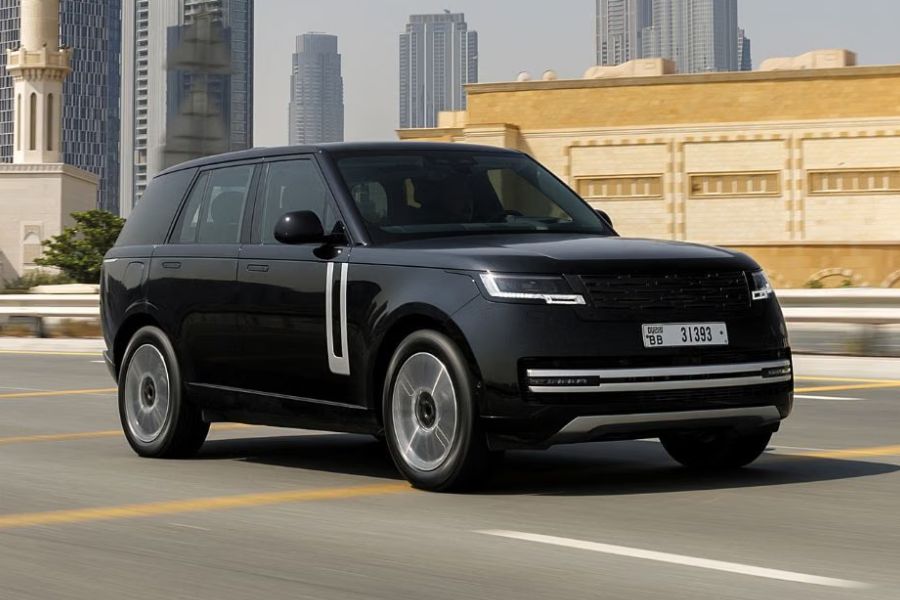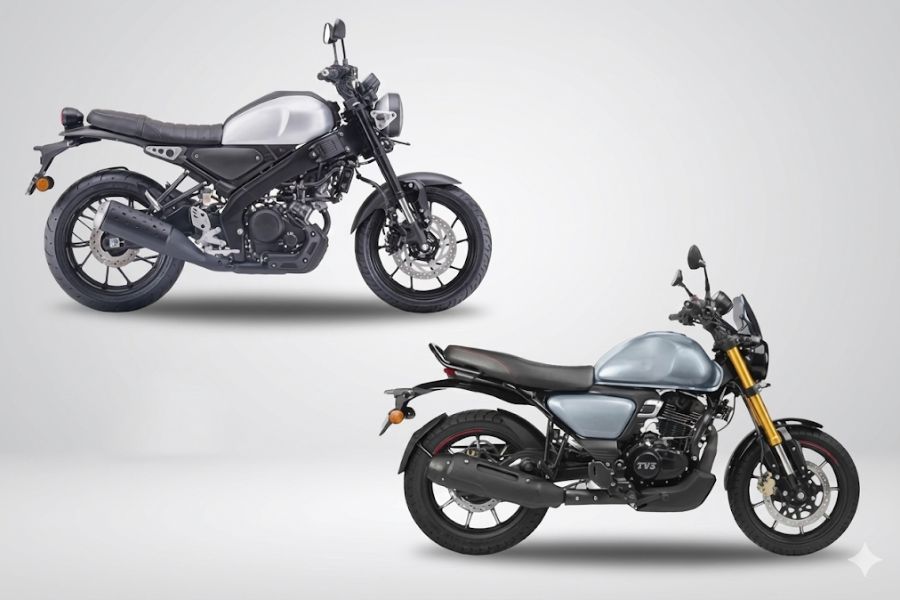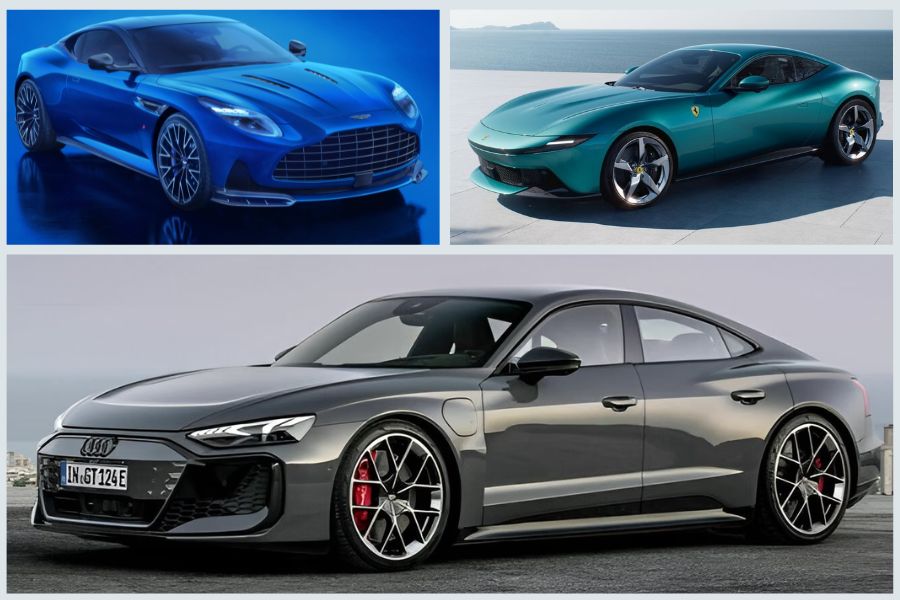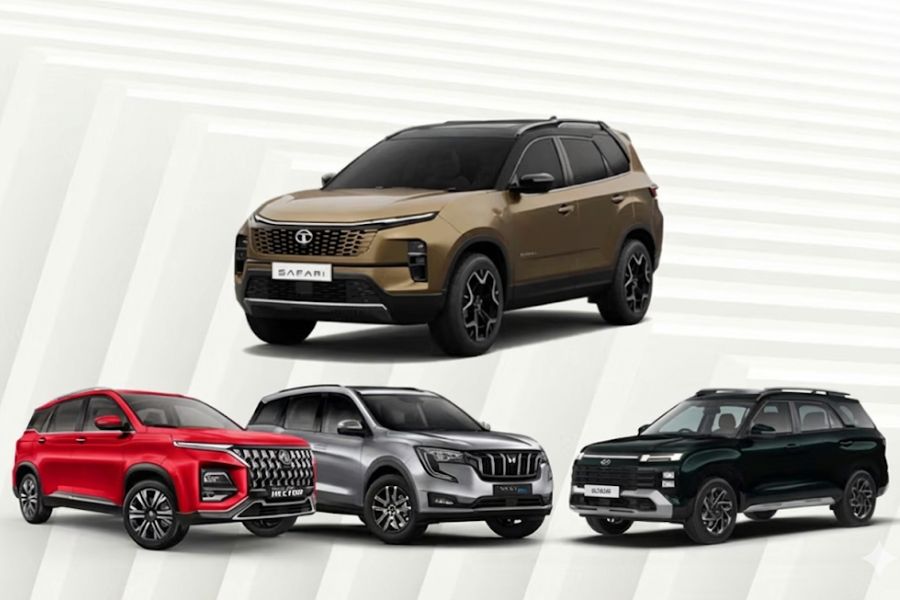In this week’s head-turning specification showdown, we line up two wildly potent sport-touring machines – the Ducati Multistrada V4 RS and the BMW M 1000 XR. Though wrapped in adventure-tourer and sport-touring clothing, both motorcycles are essentially superbikes in disguise, armed with engines and components from their track-born siblings. But which one takes the crown in this high-octane clash of performance, technology, and exclusivity? Let’s dive into the comparison.
Engine and Performance: A Battle of Superbikes on Stilts
| Specification | Ducati Multistrada V4 RS | BMW M 1000 XR |
|---|---|---|
| Engine | 1,103cc V4, liquid-cooled | 999cc inline-four, liquid-cooled |
| Power | 180 hp @ 12,250 rpm | 201 hp @ 12,750 rpm |
| Torque | 118 Nm @ 9,500 rpm | 113 Nm @ 11,000 rpm |
| Gearbox | 6-speed | 6-speed |
| Power-to-weight | 800 hp/tonne | 901.34 hp/tonne |
The character of both engines also diverges noticeably — Ducati’s V4 sounds throaty and raw, especially with the optional titanium Akrapovič exhaust, while the BMW’s inline-four delivers a smoother, high-pitched scream that’s unmistakably “M.”
Weight and Dimensions: Big Bikes, Big Presence
| Specification | Ducati Multistrada V4 RS | BMW M 1000 XR |
|---|---|---|
| Kerb Weight | 225 kg (wet, no fuel) | 223 kg (kerb) |
| Seat Height | 840-860 mm | 850 mm |
| Fuel Tank Capacity | 22 litres | 20 litres |
| Wheelbase | 1,592 mm | 1,548 mm |
Chassis, Suspension, and Tyres: Superbikes in Touring Boots
| Specification | Ducati Multistrada V4 RS | BMW M 1000 XR |
|---|---|---|
| Suspension | Ohlins Smart EC 2.0 (electronic USD fork & monoshock) | Electronically adjustable USD fork & monoshock |
| Brakes | 330 mm dual discs (front), 265 mm disc (rear) | 320 mm dual discs (front), 220 mm disc (rear) |
| Tyres | 120/70-ZR17 (F), 190/55-ZR17 (R) | 120/70-ZR17 (F), 200/55-ZR17 (R) |
| Wheels | Forged aluminium (Marchesini) | Forged aluminium (carbon fibre optional) |
Both wear sticky, track-oriented tyres — Pirelli Diablo Rosso IV Corsa on the Ducati and equally grippy Michelin rubber on the BMW. The optional M Competition package on the XR even swaps the wheels for carbon fibre rims, further reducing unsprung mass.
Technology and Features: Luxury Meets Lunacy
As expected at this price point, both bikes are bursting at the seams with electronic wizardry:
-
Common Features: Cornering ABS, traction control, multiple riding modes, bi-directional quickshifter, wheelie control, TFT displays, cruise control.
-
Ducati Exclusives:
-
Adaptive cruise control with radar front and rear
-
Blind-spot monitoring
-
Titanium subframe
-
Single-sided swingarm
-
Numbered limited edition
-
-
BMW Highlights:
-
Optional carbon bodywork (M Competition package)
-
M-themed graphics on TFT
-
Extensive customization through Dynamic Pro mode
-
Billet-machined components
-
The Ducati edges ahead on rider assist systems thanks to radar technology, while the BMW aims at track-day readiness and weight savings through its extensive M package.
Price: Both Eye-Watering, One Slightly Less So
| Specification | Ducati Multistrada V4 RS | BMW M 1000 XR |
|---|---|---|
| Price (Ex-showroom, India) | ₹40.67 lakh | ₹45.50 lakh |
Final Verdict: Which Hyper Tourer Should You Pick?
-
Choose the Ducati Multistrada V4 RS if you want a more refined long-distance ride, a character-rich V4 engine, radar-assisted tech, and touring practicality — all without giving up on superbike-level thrills.
-
Go for the BMW M 1000 XR if your idea of touring involves pushing lap times at a racetrack on the way to your weekend destination. It’s sharper, lighter, and simply more aggressive in its demeanor.
Bottom Line:
Both motorcycles are overkill for most roads, but they redefine what’s possible when sportbike DNA is grafted into a versatile, upright format. It ultimately boils down to your riding intent — track-touring (BMW) vs tech-laden performance-touring (Ducati).




